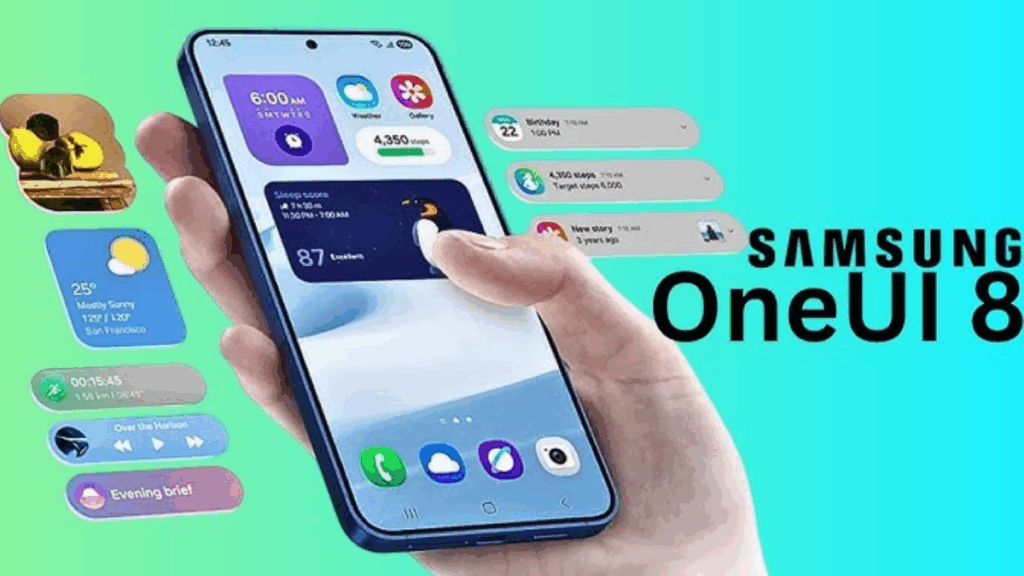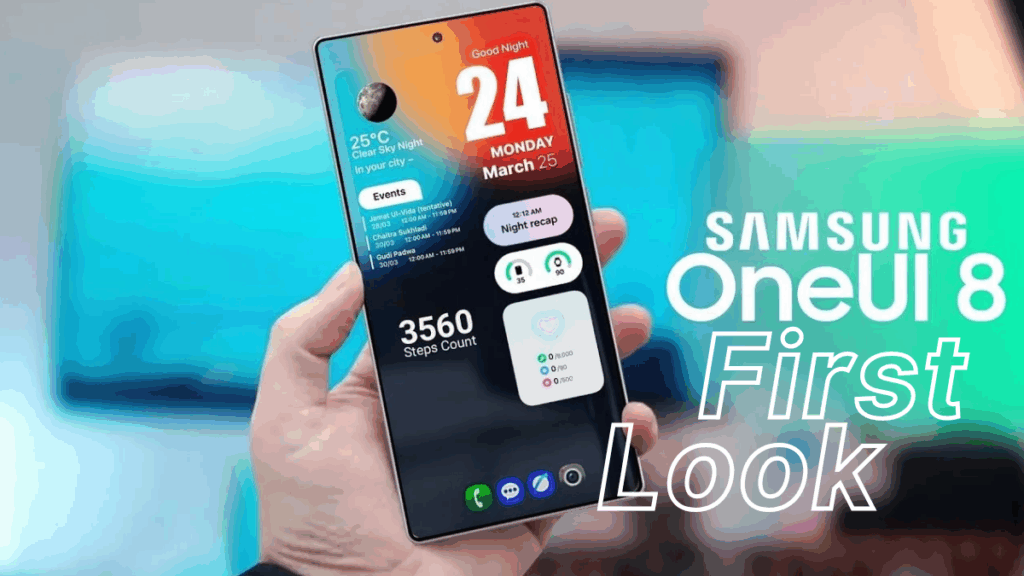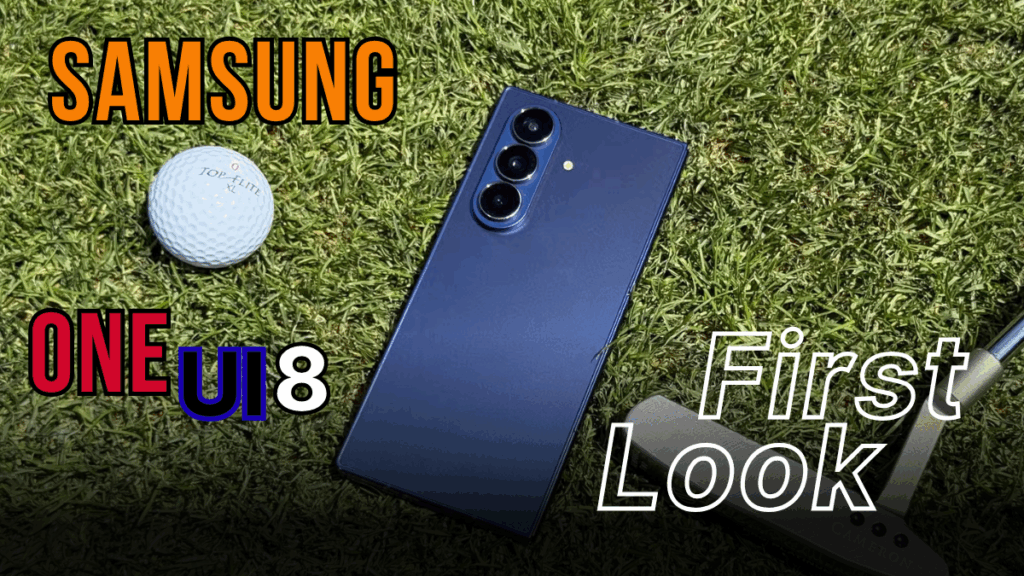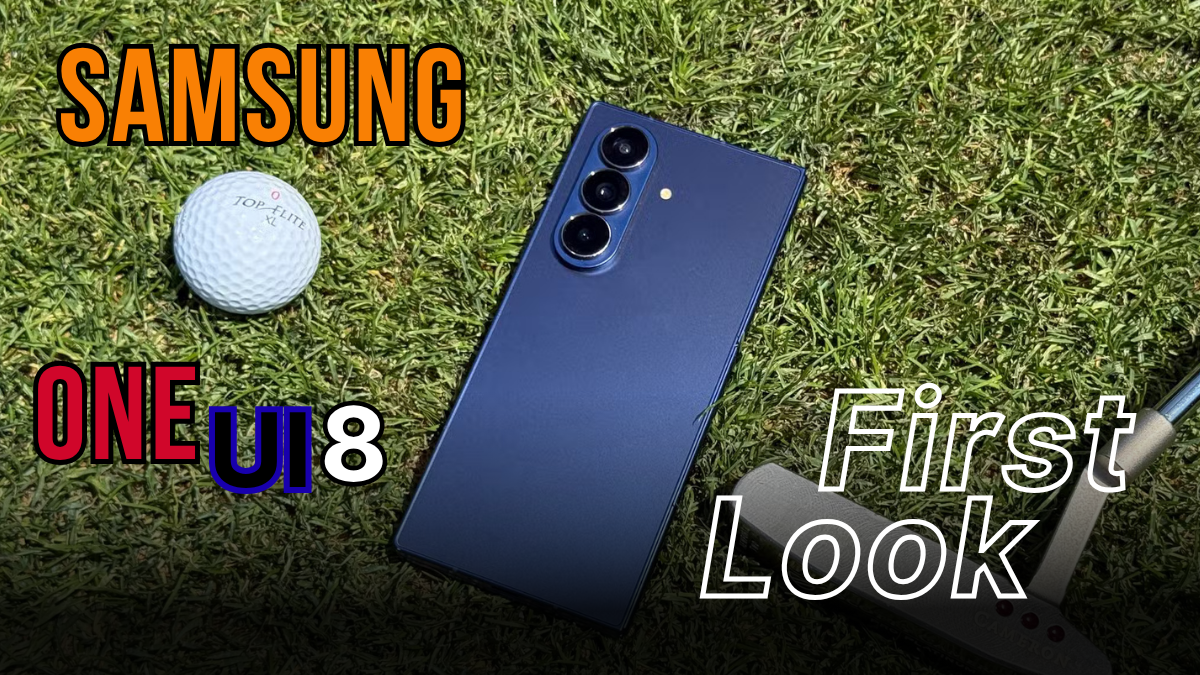Samsung has quietly implemented a major change that will disappoint Android enthusiasts worldwide. With the rollout of One UI 8, the company is removing the ability to unlock bootloaders on Galaxy devices, effectively ending the era of custom ROMs and advanced software modifications for Samsung smartphones.
This restriction, previously limited to Samsung devices sold in the United States, is now expanding globally. Evidence discovered in One UI 8 beta builds and stable releases confirms that Samsung has disabled the “OEM Unlocking” toggle in Developer Options across all regions.

For most Galaxy users, this change won’t matter. The vast majority of smartphone owners never venture into advanced settings, let alone attempt to modify their device’s core software. However, for the dedicated community of Android enthusiasts who rely on bootloader access for custom ROMs, rooting, and performance tweaks, this represents a significant loss of freedom.
What Bootloader Unlocking Actually Means
The bootloader acts as a security checkpoint that verifies the authenticity of your device’s software before allowing it to start up. When locked, it only permits Samsung’s official firmware to run. Unlocking it opens the door to installing custom operating systems, recovery tools, and modified kernels.
For years, Android enthusiasts have used this capability to extend device lifespans, improve performance, and access features not available in stock firmware. Custom ROMs like LineageOS have allowed users to run newer Android versions on older devices long after manufacturers stopped providing updates.
The process typically involves enabling “OEM Unlocking” in Developer Options, then using specialized tools to unlock the bootloader. Samsung made this possible on international devices while restricting it in the US market due to carrier demands and security concerns.
Technical Evidence Confirms the Change
Multiple sources have identified concrete evidence of Samsung’s new policy. SammyGuru discovered that One UI 8 beta builds on the Galaxy S25 series completely lack the OEM Unlocking option. More telling, a new line in the bootloader configuration reads “androidboot.other.locked=1,” which explicitly prevents bootloader modification.
This change isn’t limited to beta software. Users of the Galaxy Z Fold 7 and Z Flip 7, which ship with stable One UI 8, report that the unlocking option is missing regardless of their geographic location. The restriction appears to be coded directly into the firmware rather than being region-dependent.
Technical analysis of the One UI 8 codebase confirms that Samsung has implemented this lock at the system level. Unlike previous regional restrictions that could sometimes be bypassed, this appears to be a fundamental architectural change.
Impact on the Android Enthusiast Community
This decision strikes at the heart of what many consider Android’s core advantage over iOS: openness and customizability. The ability to unlock bootloaders has been crucial for several use cases that extend far beyond casual tinkering.
Custom ROM development has historically served as a testing ground for features that eventually make their way into official Android releases. Many innovations in battery management, user interface design, and security features originated in the custom ROM community before being adopted by major manufacturers.
Performance enthusiasts have relied on custom kernels to optimize their devices for specific use cases, whether that’s gaming, battery life, or computational tasks. Root access enables system-level modifications that can significantly improve device functionality and user experience.
Perhaps most importantly, bootloader unlocking has provided a path for continued software support when manufacturers abandon devices. Custom ROMs have kept older smartphones secure and functional for years beyond their official support periods.
Samsung’s Possible Motivations
Samsung’s decision likely stems from multiple factors, with security being the primary concern. Unlocked bootloaders create potential attack vectors that malicious actors could exploit. By preventing bootloader modification, Samsung can better control the security of its devices and protect users from potentially harmful software.
Financial considerations may also play a role. Custom ROMs can extend device lifespans significantly, potentially reducing the frequency of hardware upgrades. From a business perspective, encouraging users to replace devices more regularly supports Samsung’s revenue model.
Regulatory compliance represents another factor. As governments worldwide implement stricter cybersecurity requirements, manufacturers face pressure to maintain tighter control over their devices. Restricting bootloader access simplifies compliance with these evolving regulations.
The company may also be responding to carrier demands. Wireless carriers have long opposed unlocked bootloaders due to concerns about network security, device warranty claims, and support complexity. Extending US-style restrictions globally could be part of broader carrier negotiations.

The Broader Industry Context
Samsung’s move reflects a wider trend among Android manufacturers toward greater software control. Xiaomi recently disabled bootloader unlocking in China, forcing enthusiasts to use increasingly complex workarounds. Other major manufacturers have similarly tightened restrictions over time.
This trend contradicts Android’s original philosophy of openness and user control. Google itself has made bootloader unlocking more difficult through various Android security enhancements, though it still officially supports the practice on Pixel devices.
The timing is particularly significant given Samsung’s expanded software support commitments. The company now provides seven years of Android updates for flagship devices, potentially reducing the practical need for custom ROMs to maintain device relevance.
What This Means for Current Users
Existing Samsung device owners who haven’t updated to One UI 8 can still unlock their bootloaders using current methods. However, once they upgrade or purchase new devices shipping with One UI 8, this option disappears permanently.
Users currently running custom ROMs on unlocked Samsung devices can continue doing so, but they’ll need to avoid official software updates that might relock their bootloaders. This creates a difficult choice between security updates and maintaining customization capabilities.
The change is irreversible through normal means. Unlike previous Samsung restrictions that dedicated users sometimes circumvented, the system-level implementation in One UI 8 appears designed to prevent workarounds entirely.
FAQs: Frequently Asked Questions
1. What is a bootloader?
A bootloader is a program that loads the operating system on your device when it starts up. Unlocking the bootloader allows users to install custom ROMs or make deeper system modifications.
2. Can I relock my bootloader after unlocking it?
Yes, but relocking the bootloader often involves risks, such as data loss or potentially bricking the device. It is essential to carefully follow trusted guides if you choose to relock your bootloader.
3. How does the One UI 8 update affect custom ROM users?
One UI 8 introduces a system-level restriction that prevents bootloaders from being unlocked after installing the official firmware update. This means users must decide between custom ROMs and receiving official software updates.
4. Are there workarounds for this restriction?
Currently, the One UI 8 implementation appears to have been designed to block common workarounds. Efforts to bypass these restrictions may require advanced technical skills and could void your warranty.
5. Should I update to One UI 8 if I want to keep using custom ROMs?
No, if using custom ROMs is a priority, it is recommended to avoid updating to One UI 8. Updating may permanently prevent you from unlocking the bootloader again.

Looking Forward
Samsung has not officially commented on this change or provided any indication that it might be reversed. The company’s silence suggests this is a deliberate policy decision rather than an oversight in beta software.
For Android enthusiasts, this development underscores the importance of choosing devices from manufacturers that maintain open bootloader policies. Google’s Pixel line, OnePlus devices, and some other manufacturers continue supporting bootloader unlocking, though options are becoming more limited.
The custom ROM community will likely adapt by focusing on devices that remain unlockable, but Samsung’s massive market share means this change affects millions of potential users. Major custom ROM projects may need to reconsider their device priorities and development strategies.
This shift also highlights the growing divide between mainstream smartphone usage and enthusiast needs. As manufacturers prioritize security and simplicity for average users, the advanced customization options that power users value are increasingly seen as unnecessary complications rather than valuable features.
Samsung’s decision to eliminate bootloader unlocking with One UI 8 marks the end of an era for Galaxy device customization. While most users won’t notice the change, it represents a significant loss for the Android community that has long valued the platform’s openness and flexibility.
Click HERE For More
